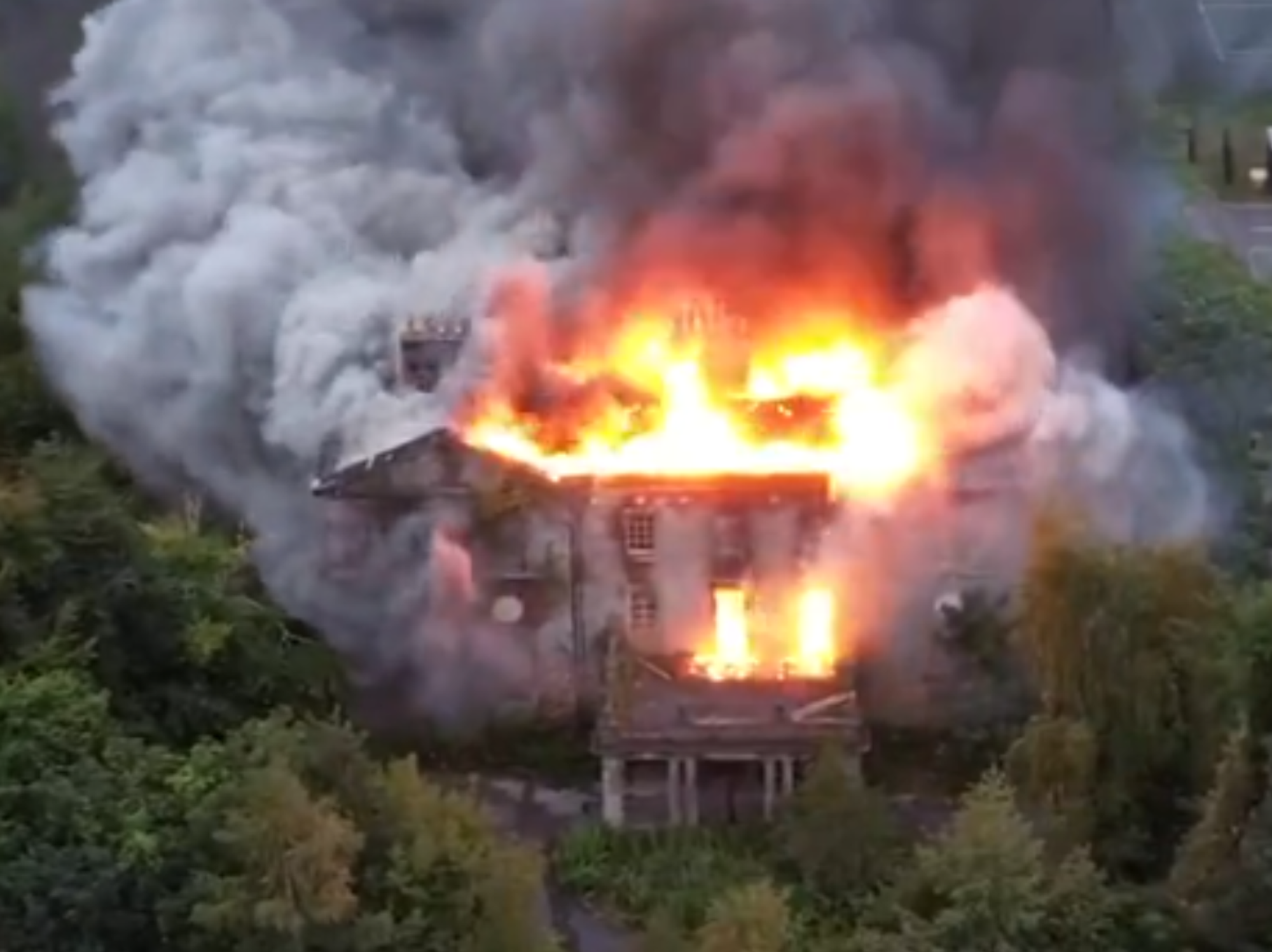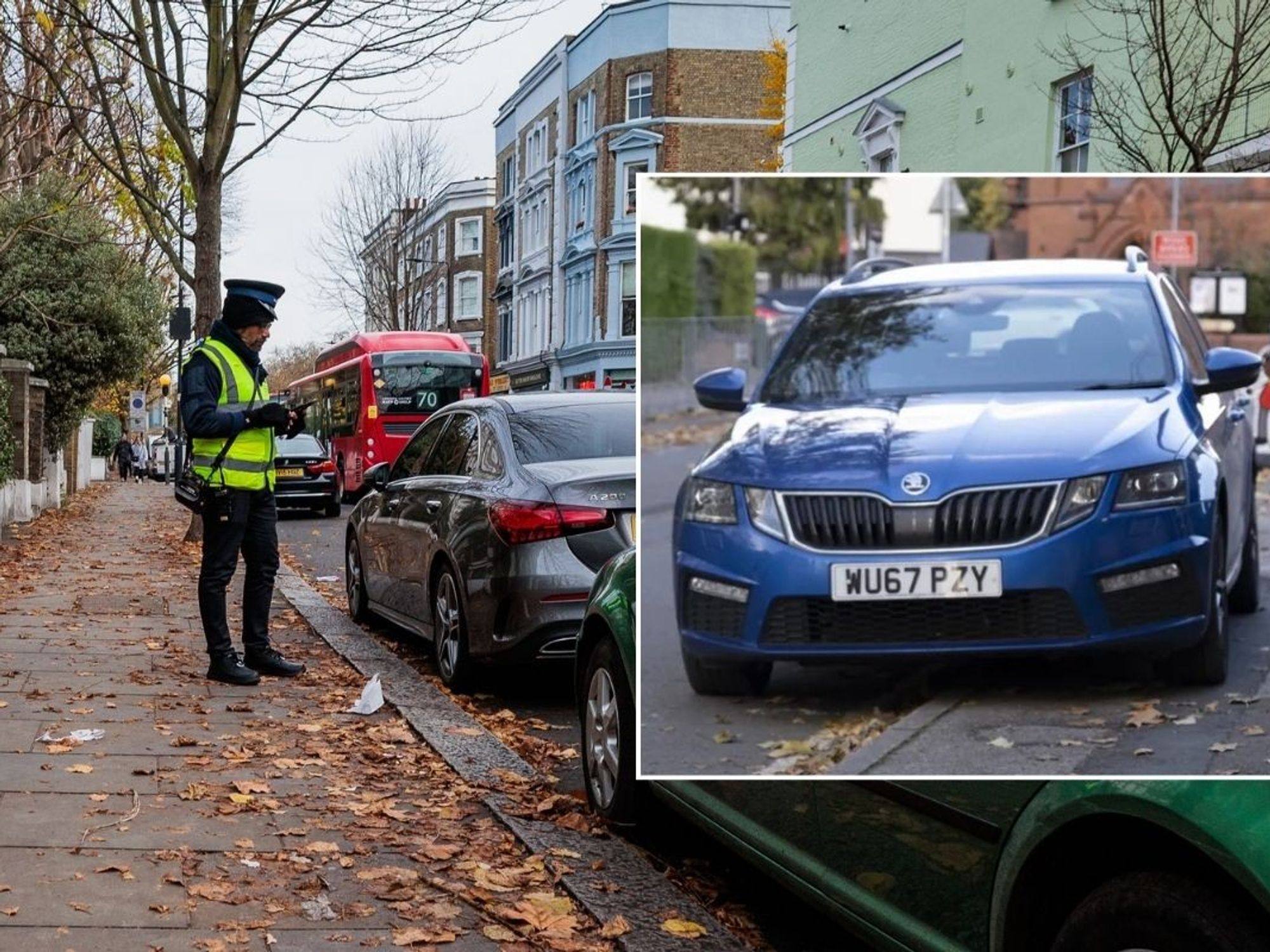Home-owners to be given 15 years to go after 'shoddy workmanship' from rogue builders, says Housing Secretary
Home-owners currently have six years to pursue developers that provide a poor service
Don't Miss
Most Read
Home-owners are to be given more than double the amount of time to go after builders and developers who carry out “shoddy workmanship” on their properties, the Housing Secretary has confirmed.
Robert Jenrick said the Government will be changing the law to give home-owners 15 years – up from six – to take action against rogue developers.
The Cabinet minister said the shift, reportedly included in the Building Safety Bill which is due out on Monday, came after a realisation that some household appliances have better guarantees on them than new homes.
Housing Secretary Robert Jenrick speaks to the media.
Dominic Lipinski
Taxpayers are currently forking out £5 billion in the wake of the Grenfell Tower blaze, in which 72 people lost their lives, to pay for dangerous cladding to be stripped from apartment blocks.
Mr Jenrick, speaking to BBC One’s The Andrew Marr Show, said: “It’s a very large sum of money to try to help those leaseholders.
“But it should be the builders and the developers who should be paying for this.
“It is not right that either the leaseholder or the taxpayer has to step up.
“I’m announcing today that we’re going to change the law retrospectively to give every home-owner 15 years in which to take action against the people who built their building if there’s shoddy workmanship.
“I wish we hadn’t reached this point, I wish more developers had paid up.”
The Housing Secretary said his department had “found you only had six years as a home-owner to take action against the person who built your home”.
He added: “That often gives you less protection than if you bought a toaster or a fridge in the shop.”
Housing Secretary
I wish we hadn't reached this point, I wish more developers had paid up
Mr Jenrick said the “lion’s share” of the buildings identified as fitted with dangerous cladding would qualify under the 15-year retrospective law.
Quizzed on efforts to remove dangerous cladding in England four years after Grenfell, Mr Jenrick said that 95% of the 469 buildings identified have either had the cladding removed or had workers on site.
About 70% of them have seen work completed, while the rest – “bar a very small number of exceptional cases – should be finished “by the end of the year”, he added.
Mr Jenrick said he is working with lenders, insurers and surveyors to “create a much more sensible and proportionate way forward” after leaseholders living in flats with dangerous cladding experienced hikes in insurance premiums.
He argued that those living in houses and bungalows are statistically more likely to be victims of a fire than those in high-rise blocks.











